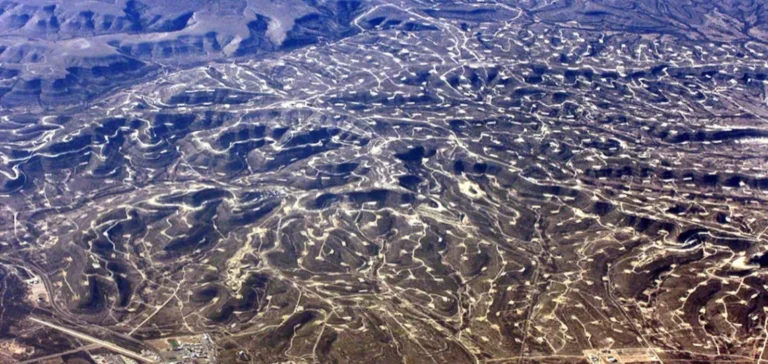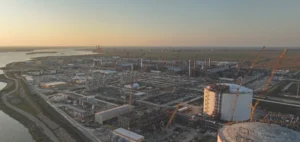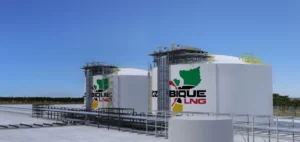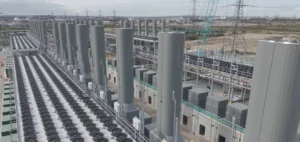U.S. associated natural gas production increased by 6% in 2024, reaching an average of 18.5 billion cubic feet per day (Bcf/d), according to data from Enverus DrillingInfo. This gas, primarily extracted from oil wells, followed the trend of crude production, particularly in the Permian Basin, located in western Texas and southeastern New Mexico.
Permian leads in output volumes
The Permian Basin accounted for most of this growth with an 8% increase in associated gas production, reaching 12.5 Bcf/d in 2024. This represented 47% of the region’s total natural gas output. The rise was supported by an average West Texas Intermediate (WTI) crude oil price of $77 per barrel, which encouraged oil-directed drilling. Crude oil production in the Permian rose by 377,000 barrels per day compared to 2023, averaging 6.3 million barrels per day, which drove the increase in associated gas output.
Beyond the Permian, the other major oil-producing regions – Bakken, Eagle Ford, Anadarko and Niobrara – collectively produced an average of 18.2 Bcf/d of associated gas in 2024, up by 1.0 Bcf/d from 2023. This type of gas represented 37% of total natural gas output in these areas in both 2023 and 2024.
Bakken posts highest share of associated gas
In the Bakken Basin, 67% of natural gas production came from associated gas, the highest share among the five key regions. The Bakken produced 2.3 Bcf/d of associated gas, while the Eagle Ford region generated 1.8 Bcf/d. Oil wells are defined as those with a gas-to-oil ratio (GOR) of less than or equal to 6,000 cubic feet of gas per barrel of oil (Mcf/b).
Often referred to as wet gas, associated natural gas contains natural gas plant liquids (NGPLs) such as ethane, butane and propane. These components must be extracted and processed at gas treatment facilities before reaching the market and are vital for multiple industrial sectors, particularly petrochemicals and plastics manufacturing.
Associated gas growth supports NGPL output
The continued growth in associated natural gas production has also led to record ethane output, used as a key feedstock in the polymers and fibres industry. This development highlights the direct link between oil activity and the simultaneous rise of marketable by-products from gas, without requiring a gas-only production infrastructure.






















